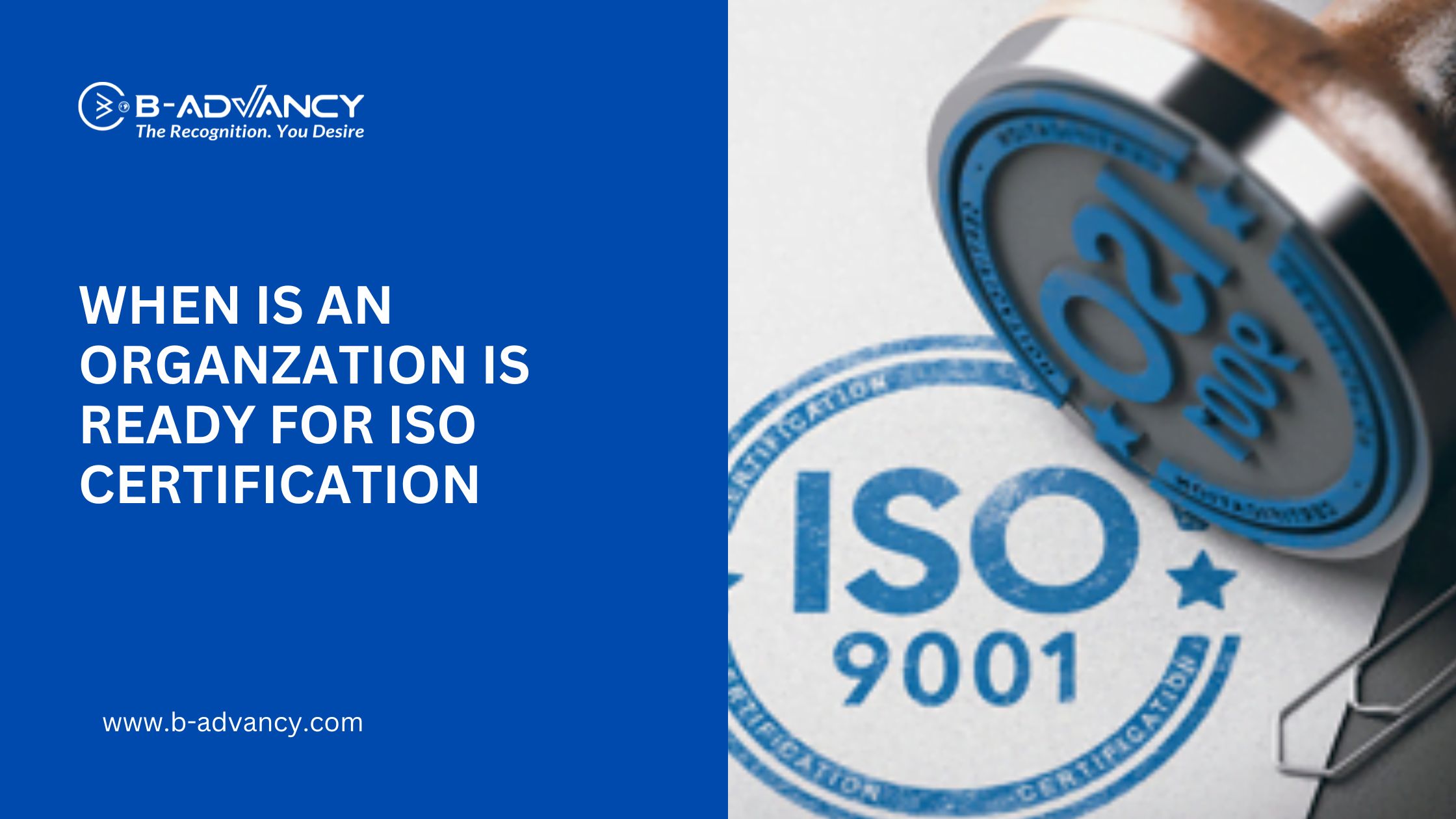
The International Organization for Standardization (ISO) sets globally recognized benchmarks for quality, environmental responsibility, and information security. Earning an ISO certification demonstrates your commitment to excellence, enhancing trust and competitiveness. But before embarking on this journey, understanding your eligibility is crucial. This blog unveils the criteria you need to meet to qualify for various ISO certifications.
ISO develops over 20,000 standards, each addressing specific management systems. Popular options include:
ISO 9001: Quality Management System: Ensures consistent quality in products and services.
ISO 14001: Environmental Management System: Minimizes environmental impact and promotes sustainable practices.
ISO 27001: Information Security Management System: Protects sensitive information and fosters cybersecurity resilience.
Beyond these core standards, specialized options cater to distinct industries, like:
ISO 13485: Medical Devices: Ensures quality and safety in medical device manufacturing.
ISO/TS 16949: Automotive: Meets specific requirements for the automotive industry.
A. General Prerequisites:
Legal Entity and Registration: Your organization must be legally recognized and registered.
Operational History and Stability: Demonstrate financial stability and a track record of operations.
Compliance with Laws and Regulations: Adhere to all relevant local, national, and international regulations.
B. Specific Standards:
Each standard has additional requirements. Here are some examples:
ISO 9001: Requires a documented Quality Management System demonstrating defined processes and continuous improvement.
ISO 14001: Needs an Environmental Management System outlining environmental policies, objectives, and impact management procedures.
ISO 27001: Demands an Information Security Management System with risk assessments, security controls, and incident response plans.
Gap Analysis and Readiness Assessment: Evaluate your current practices against the chosen standard's requirements.
Implementation: Establish necessary processes, document policies and procedures, and train employees.
Internal Audits: Conduct internal audits to verify compliance before seeking external certification.
Certification Body Selection: Choose an accredited certification body to conduct the final audit.
External Audit and Certification: Undergo an official audit by the chosen body. Upon successful completion, receive your ISO certification.
Resource Constraints: Securing funding and personnel for implementation can be demanding.
Resistance to Change: Adapting to new processes and documentation might encounter employee resistance.
Understanding Standards: Deep knowledge of the chosen standard is crucial for effective implementation.
Documentation and Processes: Creating and maintaining comprehensive documentation can be complex.
Explore real-world examples of organizations successfully navigating the ISO certification journey. Learn from their challenges and triumphs to gain valuable insights.
Understanding your eligibility criteria is the first step towards achieving ISO certification and reaping its numerous benefits. Remember, the journey requires commitment, but the rewards in enhanced credibility, efficiency, and competitiveness are substantial. Start your path to excellence today!